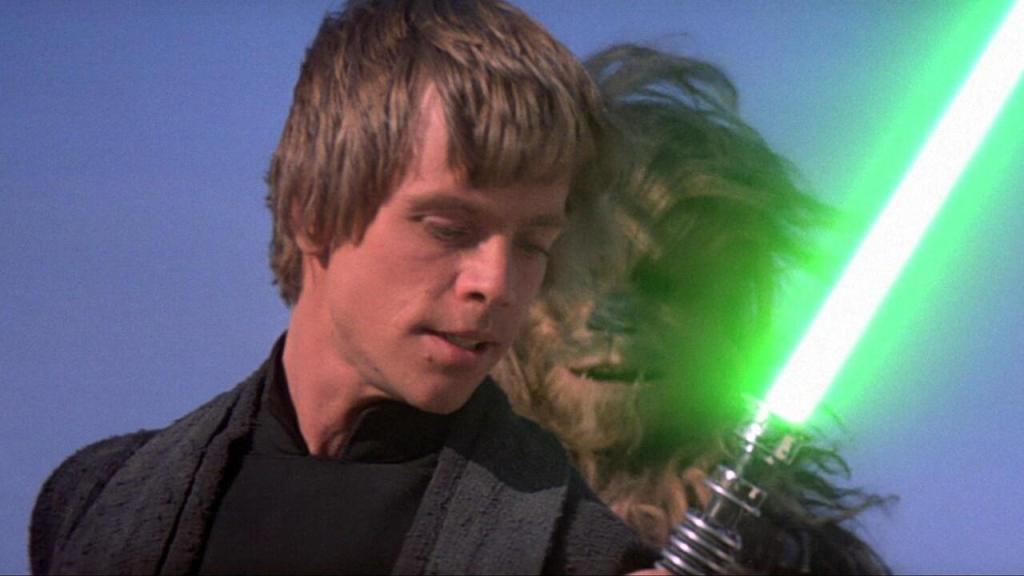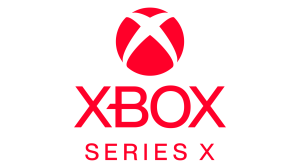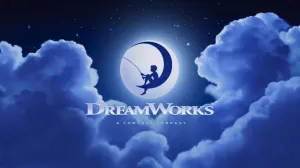Star Wars: Return of the Jedi , and it’s performing pretty well at the box office for a 40-year-old film. The conclusion to the original Star Wars trilogy — and the last Star Wars movie for 16 years — Return of the Jedi saw Luke Skywalker becoming a fully-fledged Jedi Knight, like his father before him, and a Jedi Knight needs a lightsaber. After losing his father’s blue-bladed lightsaber (and the hand holding it) in The Empire Strikes Back, Luke Skywalker wielded a green-bladed lightsaber, the first to appear in Star Wars, during the Return of the Jedi.
Videos by ComicBook.com
Even 40 years later, some viewers may wonder why Luke’s lightsaber is green instead of blue, like Anakin and Obi-Wan’s lightsabers. The answer has more to do with solving a visual problem for the movie than with Star Wars lore, but there are ways to interpret these things as well.

Where did Luke Skywalker get his new lightsaber from in Return of the Jedi?
As mentioned, Luke lost his father’s lightsaber at the end of his battle with Darth Vader at Bespin. That was the end of the lightsaber in George Lucas’ mind. In the current Star Wars canon, the weapon somehow made its way to Maz Kanata, a friend of Luke’s who kept it hidden and safe for years before passing it on to Rey in Star Wars: The Force Awakens. After losing the lightsaber, Marvel’s . He repaired it and used it for about a year before building the lightsaber seen in Return of the Jedi.
However, for Lucas, none of that happened. Luke lost his father’s lightsaber and built a new one, symbolizing the completion of his Jedi training. A deleted scene from Return of the Jedi exists of Luke putting the finishing touches on the lightsaber and igniting it for the first time on Tatooine before beginning the mission to rescue Han (consensus is that removing this scene was the right choice since it leaves the audience entirely in the dark about Luke’s involvement in the mission, building tension and suspense that isn’t fully released Luke ignites his lightsaber on Jabba’s barge).
What is Luke Skywalker’s lightsaber green instead of blue in Return of the Jedi?
That fight on Jabba’s barge is the main factor in why Luke’s new lightsaber is green instead of blue. The meaning of a lightsaber blade color has shifted over the year Star Wars canon has changed. Lucas only envisioned two lightsaber colors: blue for Jedi and red for wielders of the dark side of the Force. Thus, Luke’s new lightsaber was originally blue and is that color on Return of the Jedi posters and in trailers for the film.
The problem came when Luke ignited his lightsaber during the Jabba’s barge scene, which they filmed outdoors. That created a problem: Luke’s blue lightsaber blade blended into the bright blue sky and didn’t pop much against the yellow sands.
The solution? Change the color of Luke’s lightsaber from blue to green. Pablo Hidalgo, one of the creative executives at Lucasfilm tasked with keeping the Star Wars canon consistent, commented on the color change during an interview with Vanity Fair in 2017 regarding Rey inheriting “the Skywalker lightsaber,” as the blue-bladed weapon that first belonged to Anakin came to be known.
“The intent was [Luke’s new] lightsaber was going to be blue,” Hidalgo said. “In that universe, at that time, as far as anyone knew, lightsabers were red or they were blue. As much as we like to mythologize why it’s green and what that all signifies sometimes there are very pragmatic filmmaking reasons behind these things.”
What does Luke Skywalker’s green lightsaber in Return of the Jedi mean?
Hidalgo is correct when he says that we like to mythologize pretty much anything Star Wars. We know that the real reason for Luke having a green lightsaber is a decision based on filmmaking practicalities, but could one glean another meaning based on Star Wars lore? Of course. There is almost nothing in Star Wars lore that fans can’t overanalyze.
Here’s one way of reading it: Lucas never intended for more than two lightsaber colors to exit, but making Luke’s lightsaber green opened up the potential for different colors to have different meanings. Typically, blue lightsabers signify that a Jedi is devoted to justice and seeks it through action guided by the Force. Green blades usually suggest that the Jedi has a more contemplative relationship with the Force and is more interested in pursuing serenity and balance.
One important wielder of a green lightsaber was Qui-Gon Jinn, the Jedi who would have trained Anakin Skywalker in the ways of the Jedi if Darth Maul hadn’t killed him first. Lucasfilm executive creative director Dave Filoni once explained his theory that Qui-Gon’s death is the moment on which the entire Skywalker saga turns since it leaves Obi-Wan Kenobi — who wields a blue blade and, having only earned the rank of Jedi Knight after Qui-Gon discovered Anakin, is hardly ready to take on a Padawan of his own — to train Anakin in his stead.
The implication is that Anakin falls to the dark side, at least partly, because Qui-Gon is not there to share his wisdom and guide him. Obi-Wan does his best, but being barely more than a Padawan himself, Obi-Wan ends up being more of an older brother to Anakin than the father figure he may have needed. Obi-Wan admits to his failure as a teacher when explaining Anakin’s fall to Luke in Return of the Jedi.
Perhaps Luke’s lightsaber turning green after its kyber crystal bonded with him and changed colors to match Luke’s relationship with the Force symbolizes that Luke has some of that wisdom that Obi-Wan lacked. That he carries a green blade, as Qui-Gon Jinn did, shows that he has some of the same wisdom that Qui-Gon had hoped to share with Anakin. That understanding of the Force (perhaps imparted to him by another Jedi with a green lightsaber, Yoda) allows Luke to resist the Emperor’s temptations and bring his father back from the dark side at the climax of the original Star Wars trilogy.
Or maybe Luke and Qui-Gon having the same color lightsabers is a coincidence, and we shouldn’t read too much into it. Either way works. Fans can see Return of the Jedi while it’s still in theaters (the last day is May 4th, appropriately enough) and decide for themselves. It’s also streaming on Disney+, and available on home media, most recently in a new Steelbook release.








